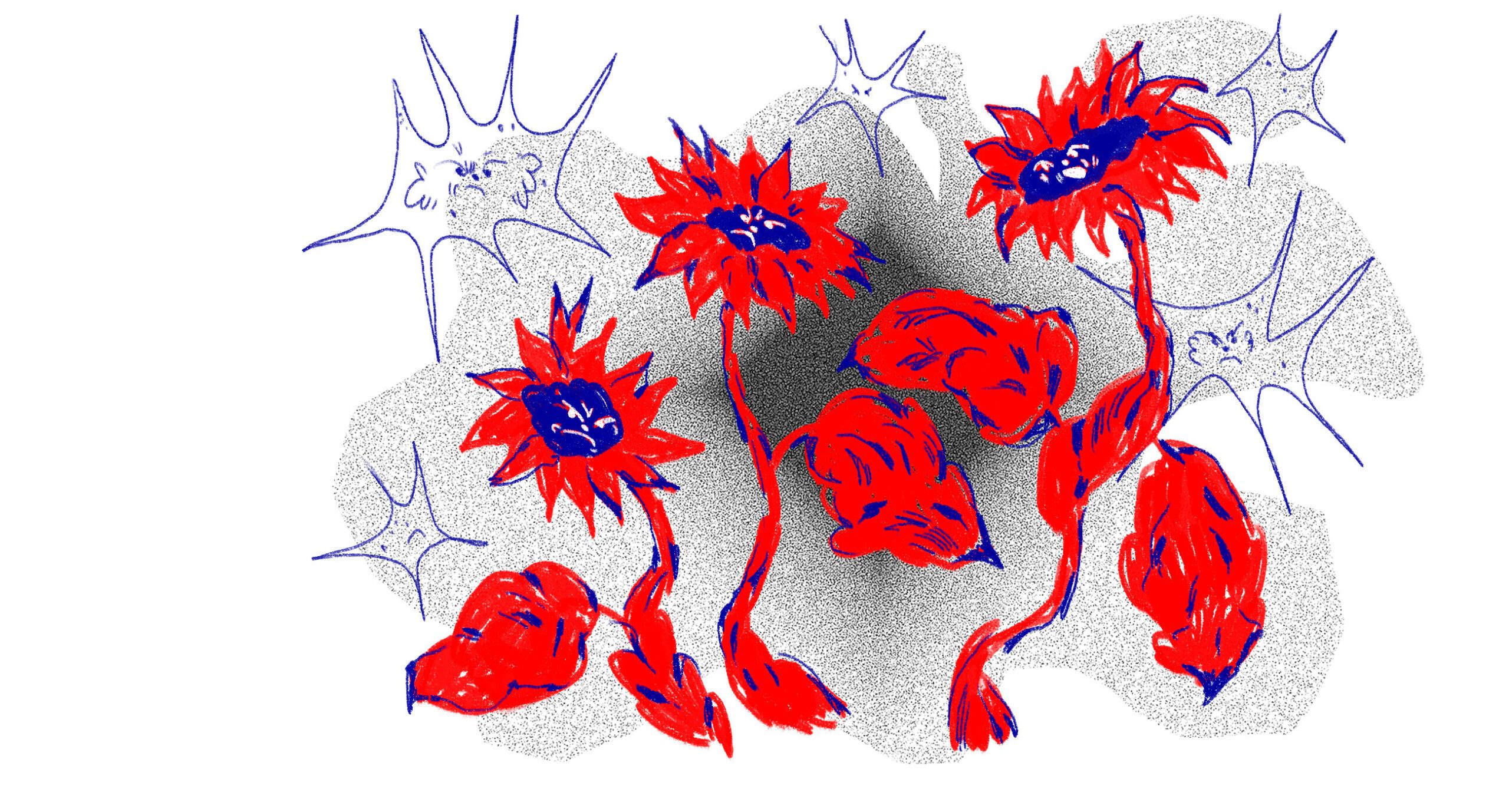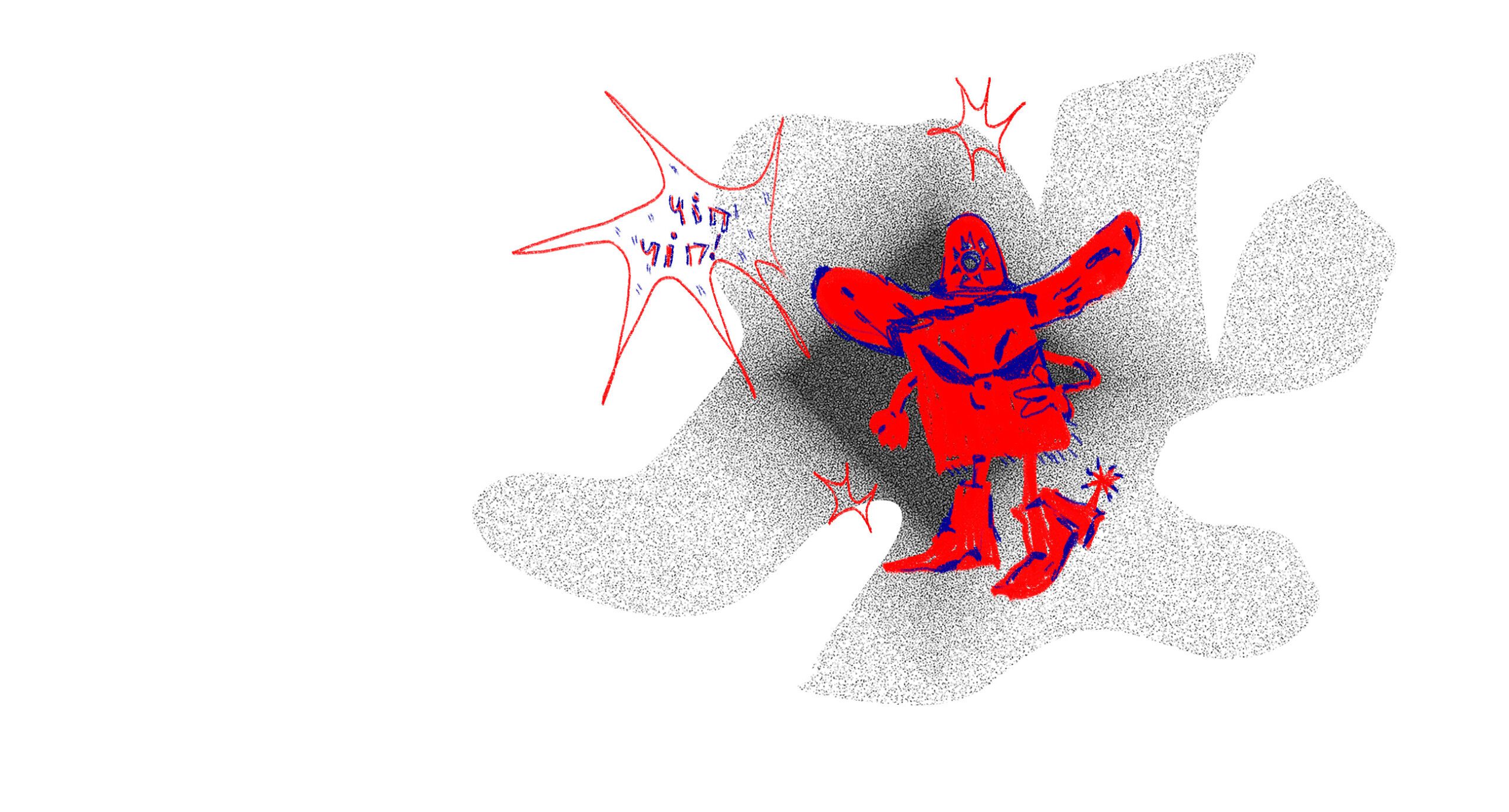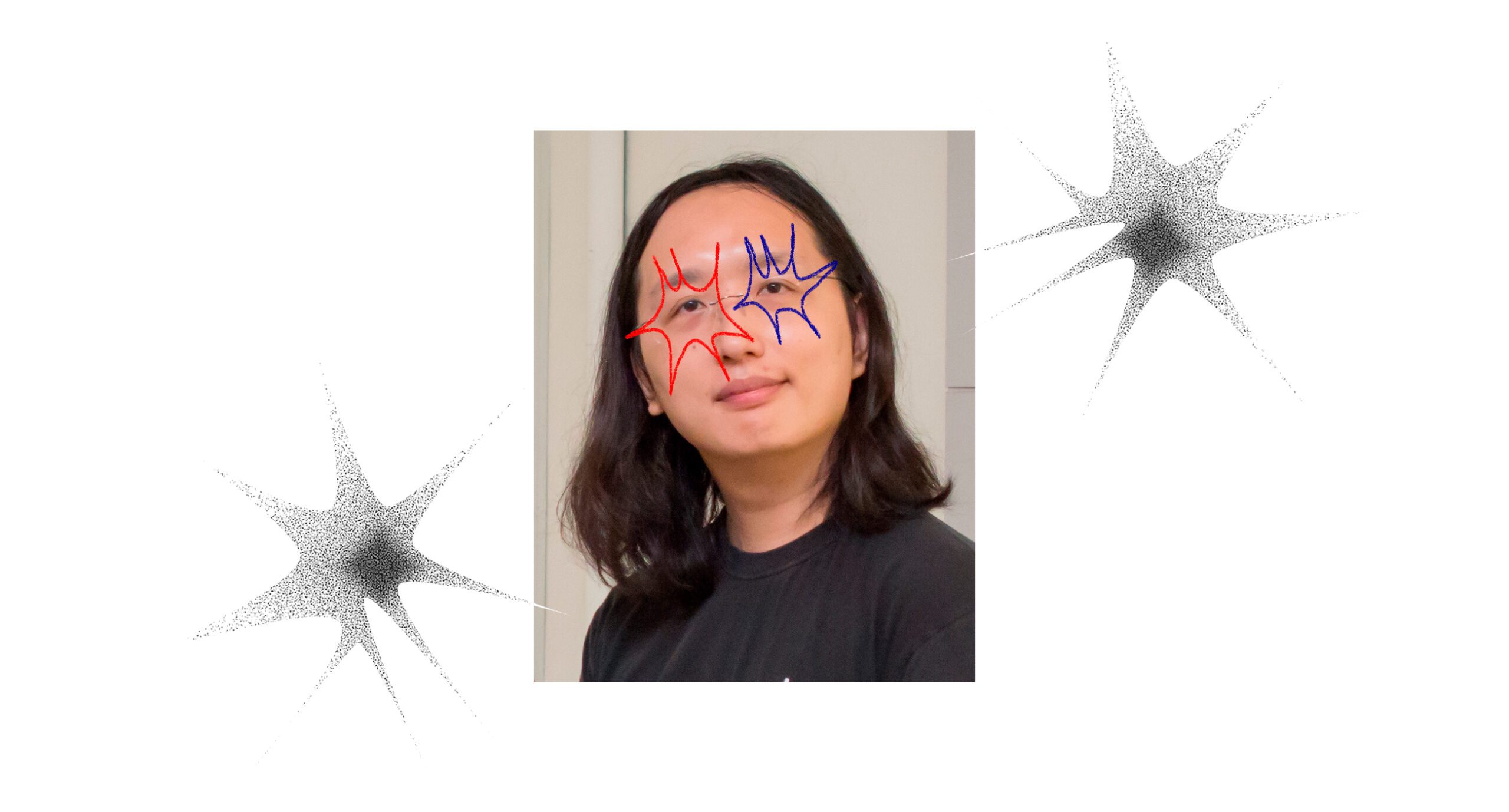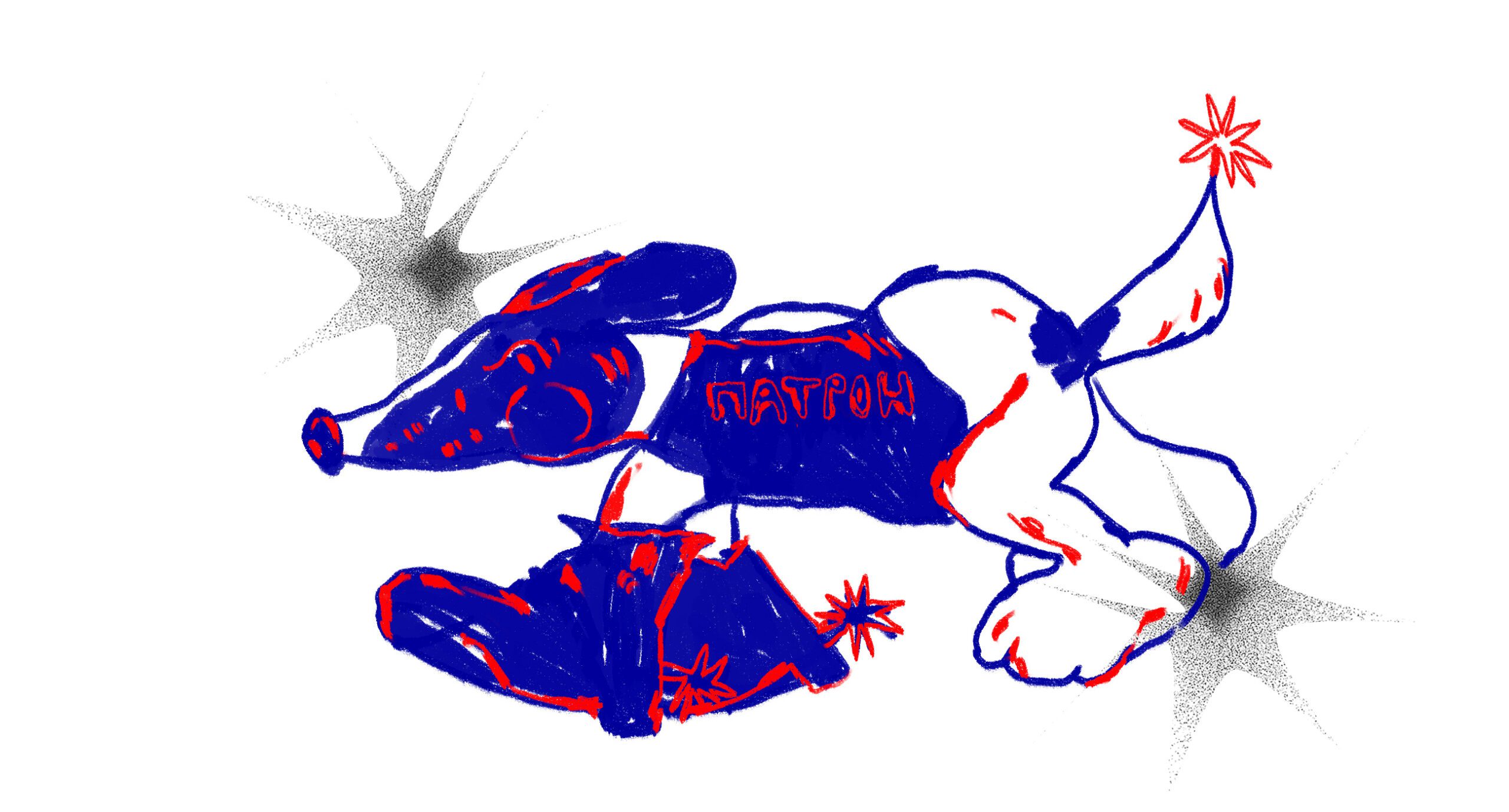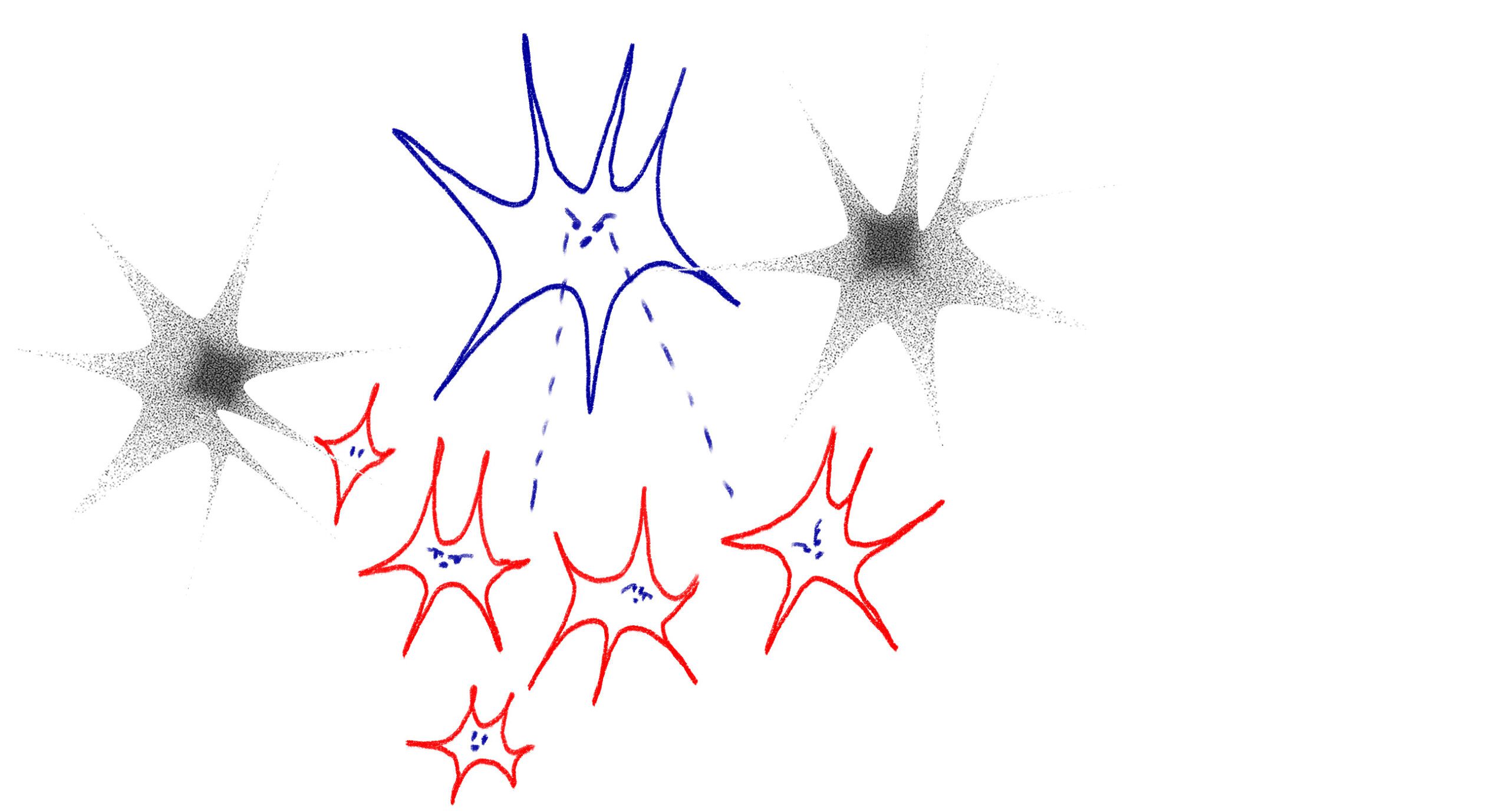It’s Always Sunny in Taipei: What Ukraine Can Learn from Taiwan’s Digital Democracy
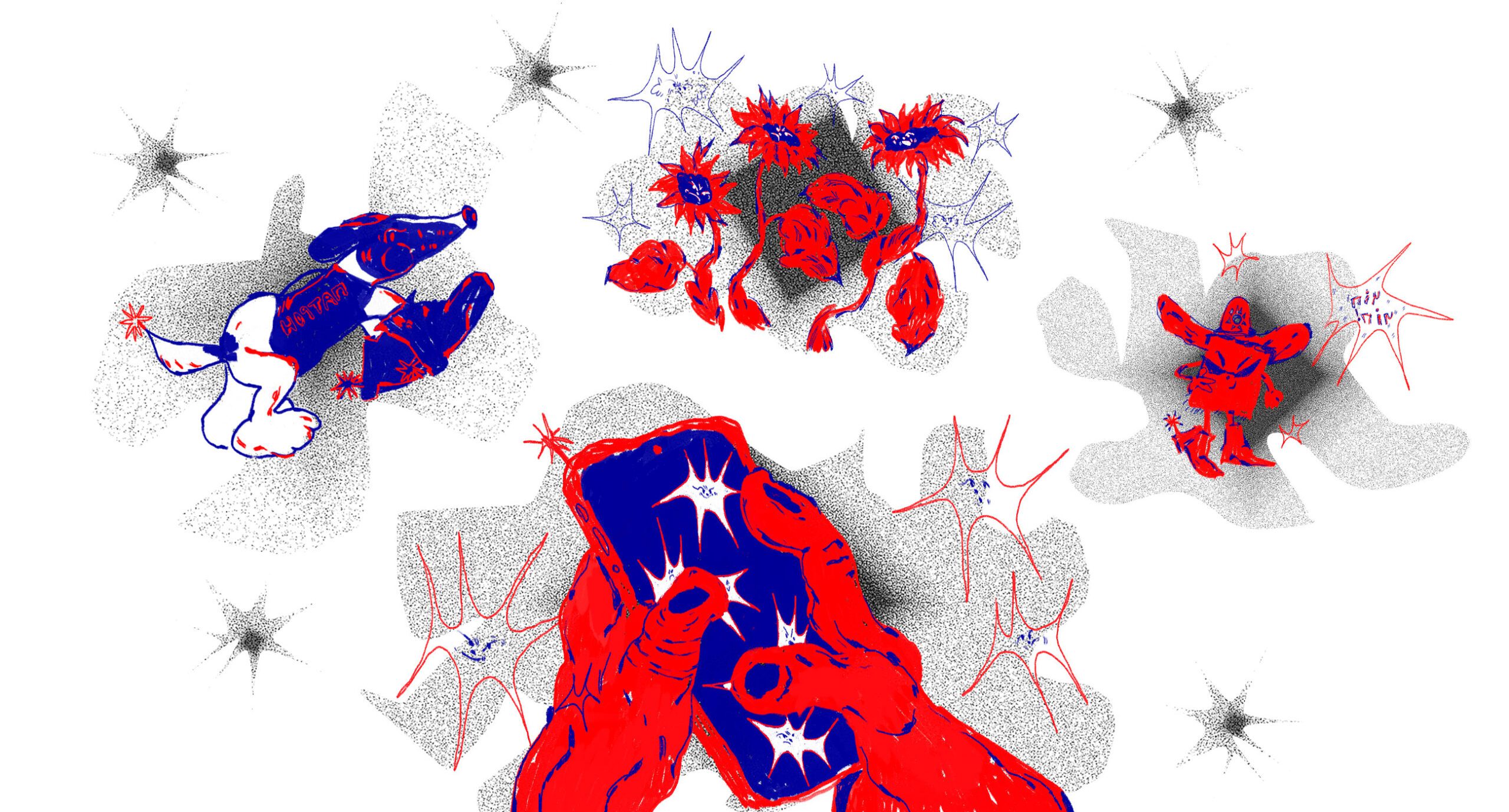
In some sense, Ukraine and Taiwan have become states associated with each other. Both are young democracies neighboring autocratic regimes and have been preparing for a defensive war with countries with greater military potential for years. There is another similarity: Ukraine is trying to get on the path of digital democracy, represented by Taiwan — and we have a lot to learn from them. What digital reforms Kyiv can borrow from Taipei, why Ukrainian officials should learn how to make dog memes, as the Taiwanese do, and why all the actions of politicians should be recorded in the blockchain, reports technology philosopher Serhiy Zhdanov.
At different times, Taiwan was part of the Dutch, Japanese and Chinese empires, and in recent decades it has been seeking international recognition of its sovereignty. The island is in a more difficult situation than Ukraine: Taiwan is recognized by only 13 of the 193 UN member states — the rest fear worsening relations with China, which considers Taiwan its territory. Two camps are fighting in Taiwan: the pro-Chinese side advocates reunification with the People’s Republic of China, and the pro-Taiwan side advocates final secession and the acquisition of the international status of an independent state.
In 2014, the Revolution of Dignity took place in Ukraine, and the Sunflower Revolution took place in Taiwan: during it, young people spoke out against increasing Chinese influence and in favor of strengthening democracy. Since then, the democratic regime on the island has been radically digitalized: Taiwan, along with South Korea and Estonia, is considered one of the most developed digital democracies in the world.
-

Illustration: Kateryna Kruhlyk / Zaborona
While in Taiwan, digital tools were mastered to strengthen civil rights, open society, and freedom of speech, China was moving in leaps and bounds towards digital authoritarianism. The PRC has closed itself off from the world with a national firewall, moderates public opinion with automatic censorship, and monitors citizens through a system of total surveillance. The Taiwanese understand that if their approach does not work properly, the advocates of reunification with China will eventually lead the country to digital authoritarianism, so democratic technologies must work flawlessly.
The Taiwanese are closely watching the events in Ukraine, fearing a similar attack from their imperial neighbor. Against the background of the Russian-Ukrainian war, the demand for courses in urban combat, medical care, and other guerrilla practices in Taiwan has quadrupled. But we also have something to learn from the islanders in the struggle for independence and democratic values.
I. “Silicon Shield”
Taiwan is one of the major manufacturers of semiconductors (microchips) in the world. The main pride of Taiwanese business is TSMC megacorporation. It is the largest, most valuable, and most profitable semiconductor company in the world. It produces more than half of the world’s microchips for most smartphones, laptops, cars, smart watches, refrigerators, etc. – the list could be continued. A “silicon shield” defense strategy has been built around production: any military invasion of the island endangers the world economy, which means that the whole world is interested in preventing this from happening.
-

Illustration: Kateryna Kruhlyk / Zaborona
Ukraine needs to find its own “silicon”. TSMC was created back in 1987, at the time of Taiwan’s transition from a military dictatorship to a democratic multi-party system. Humanity is now entering a new technological era, and its most important components (AI, blockchain/cryptocurrencies/web3, and green energy) are still in the early stages of development – like the semiconductor industry in the late 1980s, which the Taiwanese mastered in time.
Ukraine can reach the top and become an indispensable part of the new world economy if it now bets on the development of future technologies and promotes the emergence of national megacorporations. Now, the obvious candidate for this role is our Diia app: it could become a champion in the field of digital ID and e-commerce, and later – in the field of artificial intelligence (AI).
II. Make way for the geeks
In 2016, Taiwan appointed its first digital minister. They became Audrey Tang — a 35-year-old hacktivist (that’s what ethical hacker-activists are called), a Taoist, a conservative anarchist, and a gender non-binary person. He was appointed “minister without portfolio” and wrote a poem to describe his future government job.
-

Audrey Tang. Photo: Wikimedia. Collage: Kateryna Kruhlyk / Zaborona
Tang is a new type of official: a young technocrat who believes in software code more than in bureaucratic paperwork. In the government, he represents a stratum of hackers and programmers who took an active part in the Sunflower Revolution and have been active citizens ever since. Their superpower is solving government tasks in remote collaborations at hackathons, forums, and other online platforms.
One of the early showcase projects of the Taiwanese hacktivist movement is the Budget Maps. This is an open-source infographic showing the country’s budget and government spending. It allows citizens to understand state expenditures and make an independent judgment about them, rather than relying on vague official speeches.
Engaging engineers, programmers, civic hackers, and digital activists in governing the state and solving social and economic problems is a Taiwanese lesson that would be relevant in any democracy, especially in Ukraine. We have many people with STEM skills (Science, Technology, Engineering, and Mathematics) and out-of-the-box thinking — we are able not only to build profitable IT companies but also to become the backbone of a new digital civil society.
III. “Humor over Rumor”
Taiwanese ministries employ “participation officers” who “talk with hashtags” — they monitor social media trends and decide how officials can better communicate using online tools instead of the official language.
In the fight against disinformation, the Taiwanese government uses the 2-2-2 principle:
— the official’s response to misinformation must appear on the network within 20 minutes;
— it must have a volume of less than 200 words;
— it must be accompanied by two meme pictures.
A great idea: the language of officials should be understandable to ordinary people – hence the dog memes, butt jokes, and simple flash mobs appeared in communication.
Thus, the Shiba Inu dog Zongchai became the “dog secretary” of the Ministry of Health and a meme symbol of the fight against Covid-19. With the help of pictures of this dog, the government and doctors conveyed important information about the coronavirus and hygiene to citizens. For example, social distance norms during the pandemic were explained as follows: “On the street, stand at a distance of three Shiba Inu, and indoors – of two.” Ukraine now has an ideal candidate for such a role – it is Patron the dog. He can also become a dog-communicator and participate in the most heated and complex public discussions as a meme understood by all.
-

Illustration: Kateryna Kruhlyk / Zaborona
In this war, Ukraine demonstrated the power of its meme troops. The virality of humor in many ways helped Ukrainians to withstand the first weeks of a full-scale invasion, and then to adapt to the threats and hardships of war: in particular, memes helped to repel moral and psychological attacks from the aggressor, especially among an audience that was not interested in military analytics.
The government of Ukraine, which, like the officials of Taiwan, has proved that it consists of people with a sense of humor, should borrow the idea of using similar SMM strategies to build the state and solve civil problems: you can start with reconstruction, mutual aid, and organized volunteering.
IV. Horizontal digital democracy
It is believed that in an authoritarian regime, people work for and obey the government. A democratic government works for the people and protects the interests of the electorate. Taiwanese geek officials and hacktivists, for their part, propose a third model: the government should work together with the people.
This kind of digital crowdsourcing in Taiwan solved the problem of providing drugs and medical equipment to a hospital on one of the country’s remote islands: officials talked openly about the problem, civic hackers responded and created a digital platform that fixed the logistics, and politicians made sure everything worked in reality.
For digital civil society to function effectively, we need:
1) citizens who are ready to get involved and participate in public life;
2) officials who clearly inform about the work that needs to be done;
3) politicians who create a basis for open discussions and actions.
Ukraine is currently demonstrating an amazing civic coherence: our digital volunteer movement to help both civilians and the military is the first large-scale community unification on digital platforms in the face of full-scale war and a unique example for the whole world. Officials and politicians can learn this approach from civil society and master the technology of involving citizens in solving problems.
Taiwan also uses deeper methods of developing public initiatives. The discussion of problematic issues on the island is conducted through digital tools (for example, Pol.is) and involves not just voting, but nuanced discussion. While the discussion of the problem continues, citizens write their proposals, and other participants upvote/downvote these ideas or offer their options (comments under the ideas are disabled to protect against trolls). Such discussions can last from a few hours to several weeks and months and allow not only to vote on ready-made decisions from the top but also to develop them by the forces of civil society.
We are already on the path of “participatory democracy”: from old-school paper “referendums” on the legalization of marijuana and mechanisms of online petitions, which must be considered by the president after a sufficient number of votes, to digital voting in the Diia app on the right to own firearms. The next step could be the organization of a nationwide online discussion on problematic issues following the example of Taiwan.
Steps towards digital choice in Ukraine have already been taken. The U24 initiative works with the idea of involving citizens of Ukraine and other countries in solving our problems: on the website, you can choose which issue will be solved with help of your donation. So far, there are only three options: “defense and demining,” “medical aid,” and “country reconstruction” — and within each category, you can view spending reports. There may be more of these categories in the future—and they should be more detailed in order for digital democracy to develop.
V. Transparent officials
For national crowdsourcing to become possible, the state must stop being a bureaucratic “black box”. It can go “digital” and become transparent. Then all willing citizens will be able to join in solving the country’s problems. As experience shows, residents of other countries could also help: if the tasks of our state were now transparent and posted on the Internet, hundreds of thousands of Europeans, Americans, Japanese, and, of course, Taiwanese, who understand us like no one else, would directly help Ukraine by digital means.
You can take a step towards transparency by reviewing the work principles of civil servants. Remember how officials meet now: communication mostly takes place behind closed doors, and we learn about the content at best from official statements. Now it is easy for a politician to agree with a colleague about one thing, tell the public another, and do something of his own. A traditional opaque system is perfectly set up for this.
-

Illustration: Kateryna Kruhlyk / Zaborona
In Taiwan, transparency is a state principle. All meetings are video-recorded by Digital Minister Audrey Tang, and transcripts of conversations are posted online. Tang is a supporter of radical transparency, and all his activities in office (including economic and law-making) are public. Logs of his conversations with businessmen, politicians, and citizens get onto the Internet, and almost all of his actions in office leave a digital trail, thanks to which journalists and citizens can evaluate the adequacy of his work.
We can get closer to that too. All actions and words of officials can be recorded in the blockchain so that they cannot be forged and changed retrospectively. Thus, the work of officials could become many times more efficient. This technology has another plus: if the state’s activities turn into a single stream of data, we will be able to create and train a neural network called “Ukraine” — an artificial intelligence that would help build models on our data and make effective decisions in all fields.
But we need to be prepared for the fact that radical transparency among officials will lead to drastic changes in personnel: many will lose their positions if citizens and supervisory public bodies see what they are talking about, who they are meeting with, and what the employees of the state apparatus are doing. But such a period of personnel turbulence will bring to office a new type of people who are not afraid of transparency and are ready to devote themselves to solving Ukraine’s problems on the way to digital democracy.

